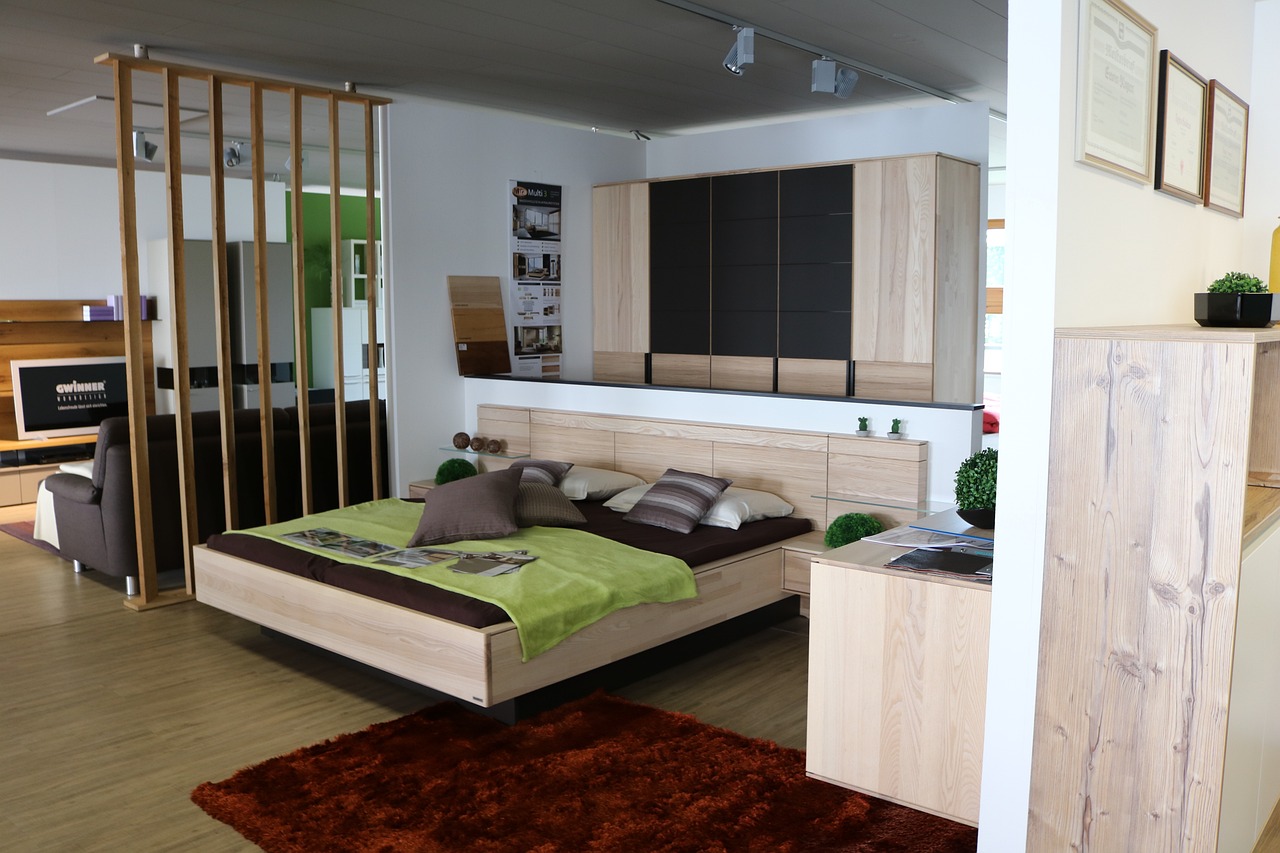Dresser: Design, storage, and space-saving solutions
A dresser is a common piece of furniture that combines practical storage with visible design impact in a home. Typically featuring drawers and a flat top surface, dressers organize clothing, accessories, and small household items while serving as a focal point in bedrooms, hallways, or entry areas. Understanding materials, drawer configurations, and placement helps you choose a dresser that meets daily needs and supports a space-saving layout without sacrificing style or durability.

Dresser and furniture: role in a room
A dresser anchors many bedroom furniture arrangements, working alongside beds, nightstands, and wardrobes to create an organized environment. Beyond storing clothing, a dresser’s proportions, finish, and hardware influence the visual balance of a room. Consider scale relative to wall height and other furniture so the dresser complements rather than overwhelms. Choose materials and colors that harmonize with existing furniture to create cohesion, whether you prefer contemporary minimalism or a more traditional aesthetic.
How a dresser provides practical storage
Dressers are designed primarily for drawer-based storage, which keeps folded garments, linens, and small items accessible but out of sight. Internal layouts can include shallow top drawers for undergarments and deeper lower drawers for bulkier items. Some dressers offer built-in dividers, felt-lined drawers, or removable trays to improve organization. In multipurpose spaces, a dresser can store office supplies, electronics, or crafting materials, making it a versatile storage solution beyond bedroom use.
Choosing a dresser for your home layout
Selecting the right dresser for your home involves measuring available floor and wall space, accounting for drawer clearance and bedroom traffic flow. If your room has limited depth but ample width, a low, long dresser provides storage without visually crowding the room. For narrow rooms, tall chests utilize vertical space. Also factor in delivery access and assembly requirements in your area, and check drawer hardware quality and construction methods—dovetail joints and solid wood fronts often indicate longer-lasting pieces.
Space-saving dresser styles and techniques
Space-saving dressers come in several forms: tall chests that maximize vertical storage; dressers with slim profiles for tight walkways; and multifunctional pieces that combine dresser drawers with shelving or mirror surfaces. Consider dressers with soft-close drawers and full-extension slides to improve usability in compact spaces. Under-bed storage or modular drawer units can supplement a dresser when closet or floor space is limited. Strategic placement—against an unused wall or under a window—can reclaim otherwise wasted space while keeping items organized.
Caring for your dresser to prolong use
Proper care extends a dresser’s lifespan and preserves its storage capacity. Dust regularly and wipe spills promptly with a slightly damp cloth, following manufacturer care guidelines for specific finishes. Avoid overloading drawers beyond recommended weight limits to prevent hardware damage and drawer misalignment. Periodically check and tighten drawer runners, handles, and screws. For solid wood dressers, maintain stable indoor humidity to minimize warping; for veneered or laminated pieces, protect surfaces from direct heat and prolonged sunlight.
A well-chosen dresser supports efficient storage, enhances a room’s furniture arrangement, and contributes to a cohesive home design. Whether your priority is maximizing space-saving potential, prioritizing durable construction, or matching an existing aesthetic, assessing drawer layout, dimensions, and materials will help ensure the dresser you select fits both functional needs and visual goals. Regular maintenance keeps drawers operating smoothly and preserves the dresser’s role as a useful, long-lasting storage solution.





